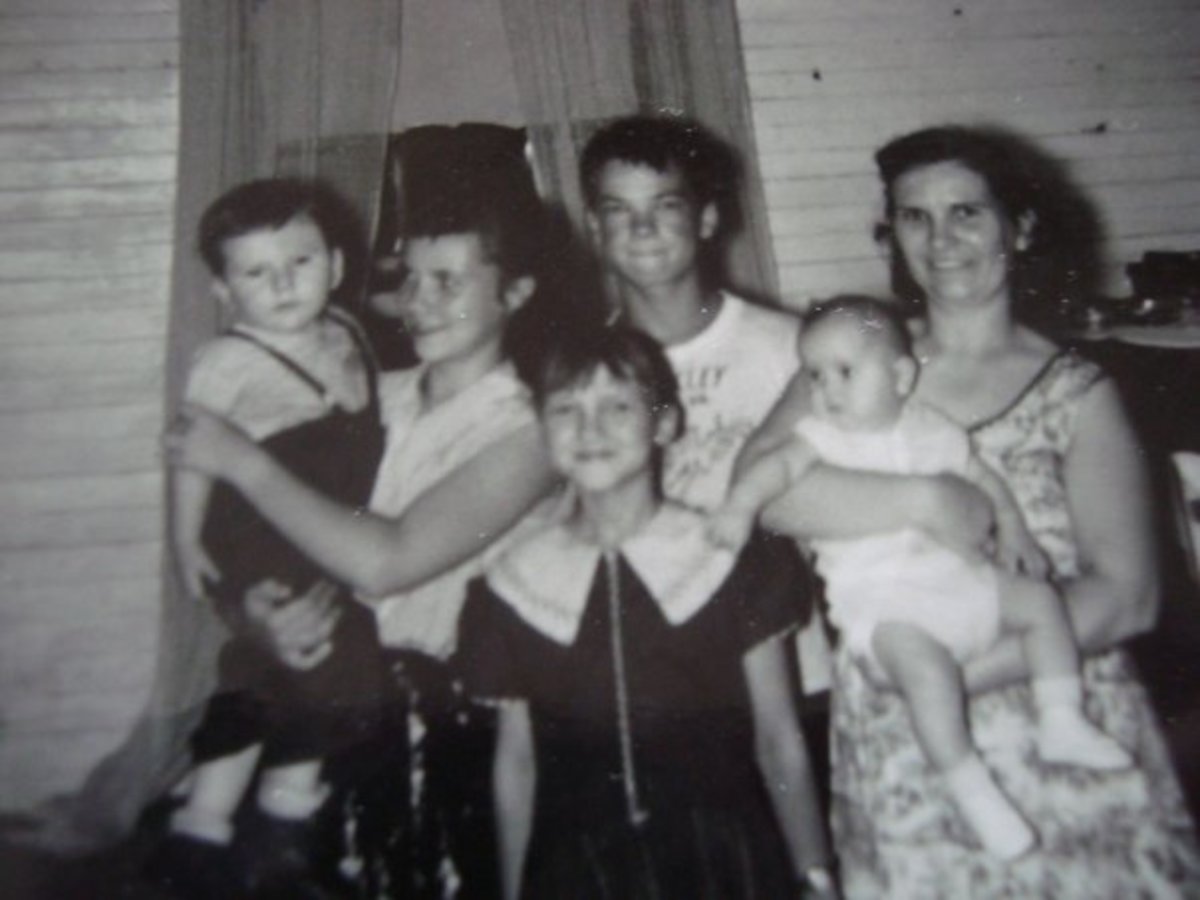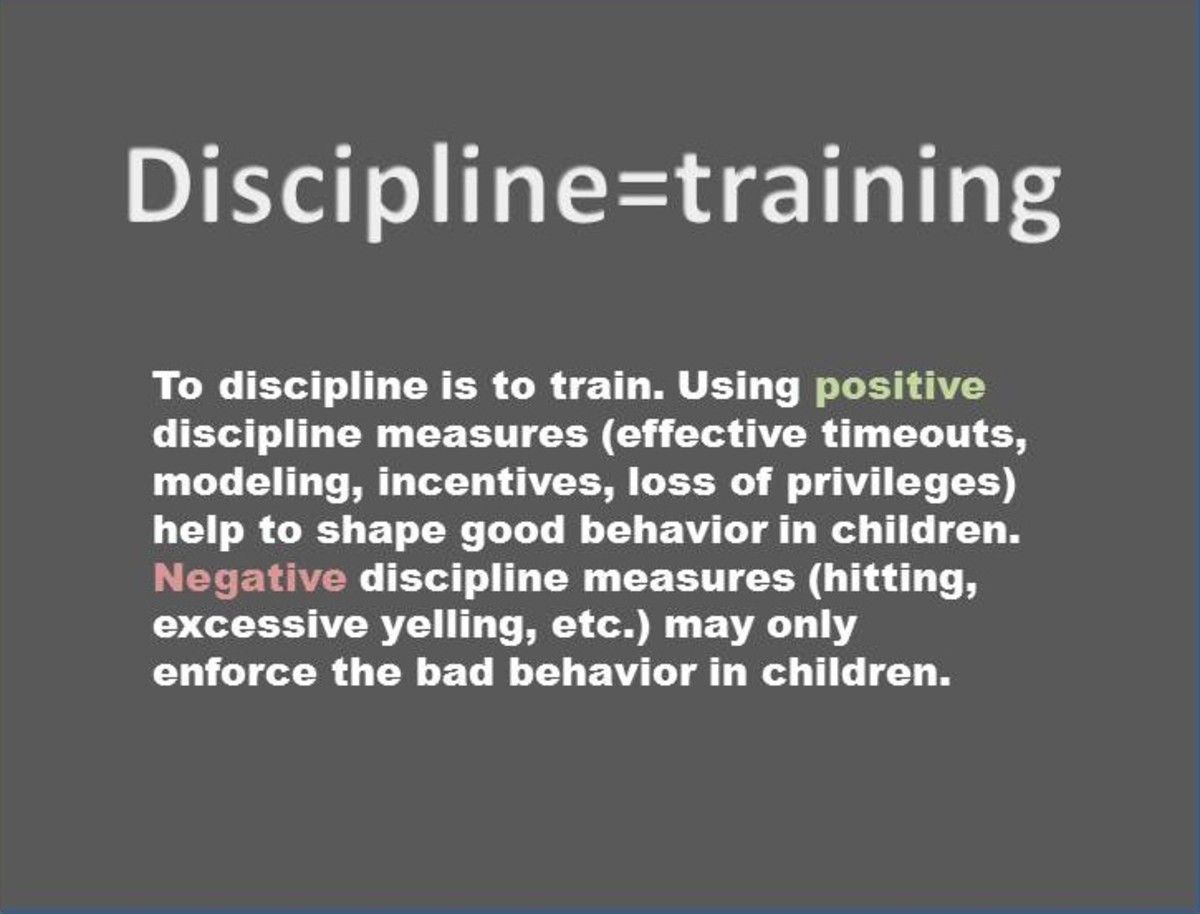Approaches for Foster Parents with RAD or PTSD Children

The following techniques and ideas have been adapted from the work of Dr. Daniel Hughes and his “Dydadic Developmental Psychotherapy”.
Create a safe setting: Children with RAD and PTSD have problems feeling safe. An important way adults can help them is by providing an environment where they are safe to express and explore their difficult emotions and memories. For children with RAD or Complex PTSD, there is a need to be able to process their history and have explicit permission to talk about the bad things that have happened to them. If their outbursts and acting out behaviors are simply consequenced without having the time, safe place, and empathetic listener to help them, they will shut down, because they do not feel safe.
PLACE: This stands for “playful, loving, accepting, curious, and empathetic.” While these are self explanatory, three of the words need some expanding upon. It is very difficult at times to remain playful with a RAD or PTSD child; they often rebuff our attempts to be playful. Playfulness reduces stress and provides needed breaks from the intensity of moment to moment treatment. The word ‘curious’ refers to the adult keeping a curious attitude about ‘what makes the child tick’.
Whenever a behavioral sign of RAD or PTSDS presents, the adult helper should address and quiz the child about the sign, such as source, emotions attached, relation of the sign to history, etc. Empathy also is difficult at times to offer to a RAD or PTSD child, especially when they are in a very negative and rejecting mood. But when we offer empathy for them during these times, it tends to “disarm” their hostility, bringing them into a closer, attached relationship with us. The use of empathy does not mean that you do not hold the line on behavioral expectations or standards!
Sharing subjective experiences: When helping adults make it a habit of (appropriate) self revealing of their own emotions and thoughts concerning their own subjective experience, it gives a powerful model for the child to begin to do the same. In fact, there is a social pressure to reciprocate when one person shares their feelings with another person. When a person comes to realize that they share an emotions or similar experience with another, it creates a positive bond.
Consistent addressing of missattunements and conflicts: “Missattunement” means that two people are ‘not on the same page’ in their thoughts or emotions. RAD and PTSD children need consistent and frequent ‘reality checks’ by adult helpers so that the child is interpreting other people’s intentions and social cues correctly. To do this, adult helpers need to quiz the child often about their understandings of the situation, social cue understandings, and expressed emotions.
Consistently dealing with all conflicts that arise also is an important strategy; each conflict that is allowed to escalate or is ignored is an opportunity lost to help the child to gain healthier attachment through conflict resolution. In addition, escalated or ignored conflicts almost always increase in frequency and intensity over time, until the household situation is out of control and in crisis.
Attachment facilitating interventions: Any time adult helpers make an intervention with a child, they can do several things to make the intervention a tool for stronger attachment. Gaining and keeping eye contact, use of an even tone, matter of fact presentations of consequences, confrontations paired with empathy, and reassurances of unconditional care and affection are all tools to facilitate attachment. Offering brief, specific explanations of what your intervention is, and why you are doing it can also facilitate attachment because you are working at changing how the child views your intentions.
Cognitive restructuring: RAD and PTSD children think about the world around them in a mixed up way. We can challenge them to begin to think about their behaviors and how they see the world. This can be done by being curious: “I wonder why you think that way? Where do you think you learned that? I wonder if there is another way to look at that?” When we simply tell the child what we think, or tell the child that they are thinking or behaving wrong, we miss an important tool. When people come to a conclusion themselves, it is very often more powerful than just being told an answer.
Co-regulating affect and co-constructing meaning: Children with RAD and PTSD struggle to self regulate their emotions. They are searching to find meaning to their difficult history and the bad things that happened to them. Part of this process is to act out their feelings and thoughts about their history with their adult helpers. When they act out, adult helper’s emotions also get heated and stressed. By being intentional and pointing out how YOU are self regulating your emotions, you model for the child how to do this. After the upsets, if you take time to discuss with the child what happened, and process the facts of the upset, you have the chance to add meaning to the event.
Help create a coherent life story: Children with RAD and PTSD diagnoses have really tough life stories. So tough, in fact, that many adults do not like to hear about or talk about the child’s traumas with them: it is not easy to hear about a child’s abuse. Many times, we think that if we don’t talk about it, the child will forget about it. They don’t forget. When children have had bad experiences before the age of four or so, they are not able to recall their memories with words , but they do have emotional and body memories. We need to help the child to explore all their memories, so that they can make sense of their life experience. By being open to talk about their past, and allowing them to repeat the process over and over again, we are helping them to create a coherent life story. Helping to point out to the child that there was a life before they started to heal, and there is life now, after healing has begun, focuses the child on their progress and the challenges that they still have. We can help them to do this by, once again, being curious when they bring up history, or when we see a behavioral reaction or emotion from a time when they were under the age of four. You can focus on questions such as: “How did you feel when that happened?” or, “What do you think it means that…”
Validate the child’s worth and value in the face of trauma and shame based behaviors: It’s no secret to adult care givers that the children they work with have lots of behaviors that come from their history. When the child has a stress episode or is highly reactive to our attempt to ‘connect’ with them, they often are feeling very badly about themselves. Essentially, they are expressing a low self esteem with their behaviors. These are key times to give clear statements of your unconditional caring for the child, and how valuable they are to you.
Reassure the child: When adult care givers give frequent “ego strokes” to the child, it is reassuring to them that they are “good” and “loved”, and that the relationship that they have with you is solid and permanent. It is often difficult to find things to compliment the child about, especially when you or the child (or both of you) are having a tough day, but do it anyway!
Keep confronting unacceptable behaviors, followed by repair and reassurances:
Never stop confronting unacceptable or dysfunctional behaviors as often as you can. By presenting reality to the child (your behaviors are not serving you well, or are not going to be tolerated) you are preparing them to be able to function in the real world. After we confront, correct, or give consequences, we should call the child back when things are calmer, and reaffirm our commitment and caring for them.
Help the child to understand the deeper meanings of their signs and symptoms:
Most children with PTSD and RAD have lived for quite some time with their “stuff”. So long, in fact, that hey may not even be aware of how un-normal their behaviors are. Most of the time, the child is not even aware of where their behavior problems come from. They are usually aware at some level that they are different than other children, but cannot put their finger on how or why. Often, they are in denial or active avoidance of the truth of their problems. Most believe that they are simply “bad” children. Adult helpers can take opportunities to help the child to connect their current behaviors to their history. You can do this by once again, playing the role of the curious, caring helper: “I wonder when and where that behavior first started?” or, “ I wonder if you are being angry at the right person…it sounds like you are really angry at….(someone in your history).”




